Peat and its importance in Whisky
A peat fire to dry the malt brings the smoke into the whisky!
When malted grain is dried over a fire with peat, the result is the controversial smoky flavour of whisky. Some love it, others hate it. Smoke polarises!
Much of Scotland is covered in bogs with a metre-thick layer of peat that has formed over the past 1,000 to 5,000 years from dead plant remains. Each bog grows by about one millimetre per year. If a bog is three metres thick, it is therefore around 3,000 years old.
Peat has been used as a source of energy since time immemorial. It was a necessity, as Scotland is very sparsely wooded and therefore wood or charcoal fires were too expensive. It was not until the middle of the 19th century that peat took a back seat as a source of energy. Peat is cut into narrow strips and piled up in small pyramids to dry. The dried, so-called 'briquette' contains the energy of the dead plant remains, similar to coal, and gives off a large amount of heat when burned.
Smoke flavour in Whisky
Video by Horst Lüning on the subject of peat and smoke from 2014.
How does the smoke get into the Whisky?
Why is peat needed in whisky production? Neither the heating of the stills with peat nor peaty water have any influence on the smokiness of a whisky. Only the drying of the moist malt over a peat fire brings the smoke into the barley grain and thus ultimately into the whisky. If you would like to find out more about malting, please read on here.
The different smokiness of the whiskies is due to how long the barley grain is exposed to the acrid peat smoke during the drying process. The kilning time for wet malt is around 30 hours. Of these 30 hours, around 18 hours are spent drying over a peat fire at Laphroaig. In contrast, a non-smoky whisky, such as Glengoyne, is dried over an unpeated fire. This produces a wide range of whiskies, from extremely smoky to almost smokeless. This is because the malt grains themselves are a speciality, as they give the whisky a slightly smoky note even without a peat fire.
The popularity of smoky, or peated, whisky has steadily increased over the last few decades. The distilleries on the island of Islay in particular produce highly smoky whisky. Above all Laphroaig, Lagavulin, Caol Ila, Ardbeg and Bowmore. The smoky flavour of these whiskies is so strong that even when diluted with water at a ratio of 1:20, they still show clear smoky notes. Even blending smoky single malt with mild grain whiskies cannot diminish the smoky flavour.
Modern methods of peat extraction allow the peat layer to be extracted over a large area. This extraction is not similar to open-cast lignite mining, but more like harvesting a cultivated foodstuff. The agricultural machinery used for the work certainly contributes to this. The cut strips of peat are still dried into briquettes on large piles from which the water drains away according to the laws of gravity.
The whisky industry is trying to reduce peat consumption through various processes and make it as environmentally friendly as possible. It starts with the fact that some of the peat is now cut using a special machine. This means that the turf is immediately sealed again as soon as the peat is extracted.
Distilleries such as Bowmore grind the peat into a coarse-grained powder, which is put into a normal fire to produce the necessary smoke and increase the smoke yield of the peat.
Modern large maltings such as Port Ellen, Glen Esk and Glen Ord utilise the peat industrially much better than the traditional dry fire in the distillery can. In a closed system in a large-scale malting plant, the smoke is channelled over the barley grains until it is optimally utilised. The distilleries that order the malt provide the malting plant with the smoke specification for the malt they require so that their whisky has exactly the flavour they want.
Conclusion:
The smoky flavour in whisky is very popular and the fan base is growing. But there is also criticism! The high peat consumption for malt production has already severely affected some peat deposits. Peat is no longer mined near Campbeltown, so peat has to be brought in from further afield, for example from the island of Islay.
However, projections have shown that more peat grows back in Scotland than is extracted by the whisky industry! The popular smoky flavour is therefore preserved for peat lovers!

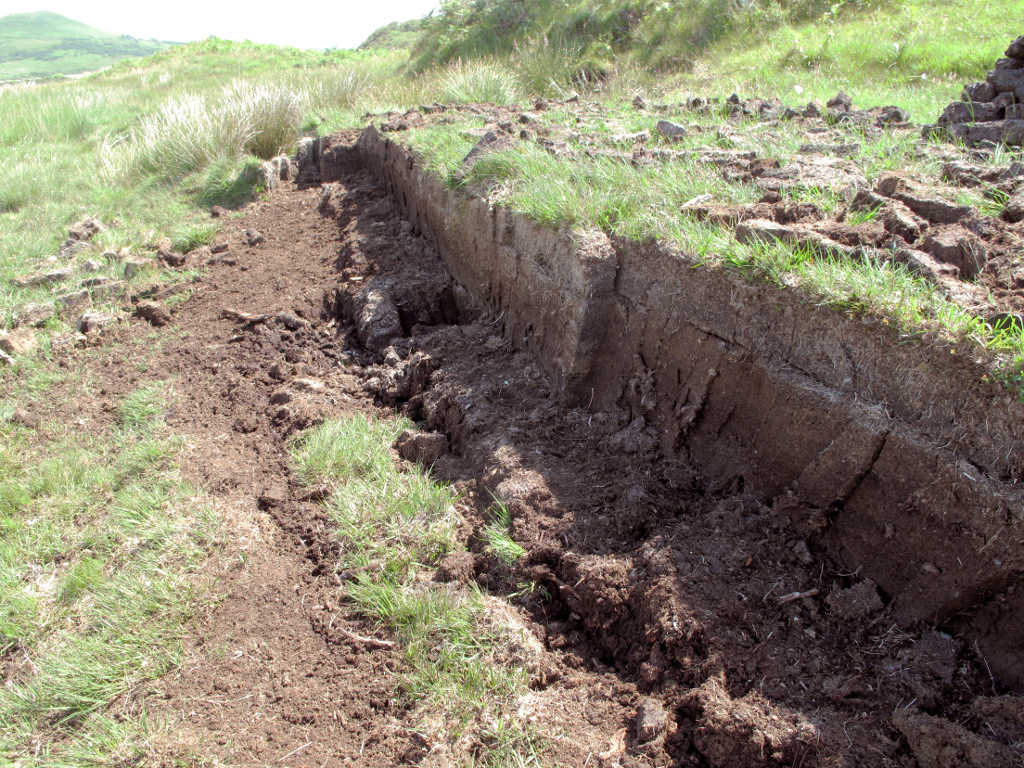




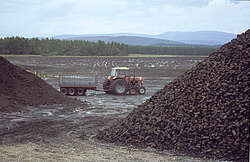
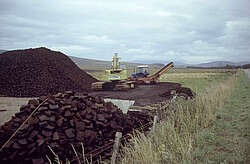
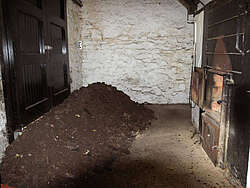
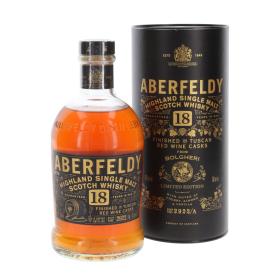
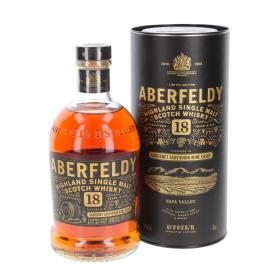


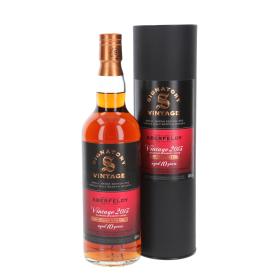
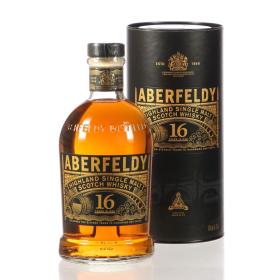
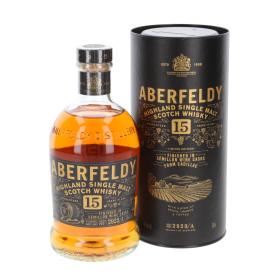


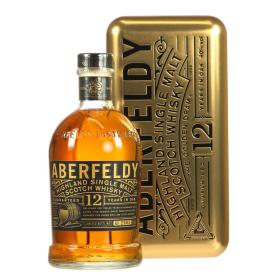
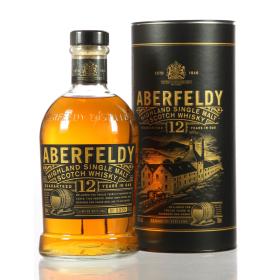
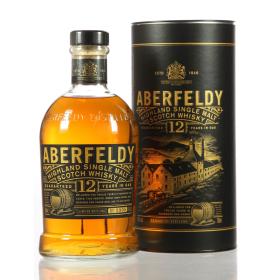


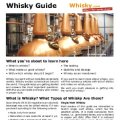


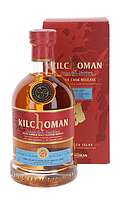
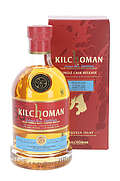
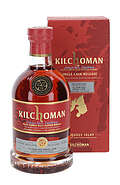
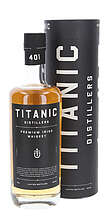
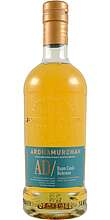



To comment, you must be logged in